Search Images
Browse Content (p. 794)
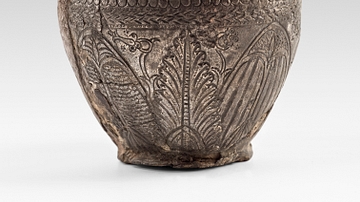
Image
Ptolemaic Silver Wine Vase
Different cultural traditions met in Hellenistic Egypt, as this small silver wine vase illustrates (11 cm in height; ca. 200-150 BCE; APM inv. no. 3397). It is decorated with acanthus and lotus leaves, floral motifs from respectively Greece...
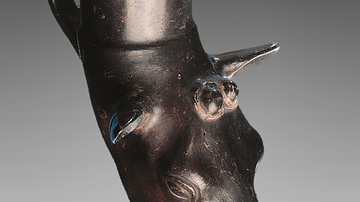
Image
Deer Rhyton
The ancient Persian tradition of drinking or pouring wine from rhyta (drinking horns) was eagerly adopted in Classical Greece – despite the great political enmity between Greece and Persia. In the Hellenistic Age, rhyta in different materials...

Image
Cleopatra in Ancient Portraiture
Ancient portraits of Cleopatra depict her assertive, but certainly not unattractive features. The wide royal headband (diadēma) and traditional wavy coiffure express her sovereignty based on her Lagid descent. Silver tetradrachm struck...
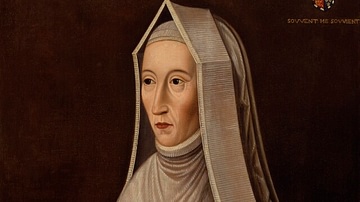
Image
Lady Margaret Beaufort, National Portrait Gallery
Portrait of Lady Margaret Beaufort, Countess of Richmond and Derby at prayer.
Late 17th Century CE. Oil on Panel. 686 mm x 549 mm (27 in x 21 5/8 in).
(National Portrait Gallery)
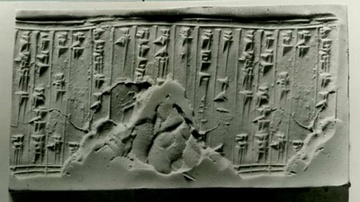
Image
Assyrian Cylinder Seal Inscribed in Cuneiform Script
Though not necessarily an Israelite object, this object was uncovered around Samaria and dates to the Iron Age II (8th century BCE). It is 3.9 cm long (The Israel Museum, Jerusalem). The image is significant because it is evidence—among other...
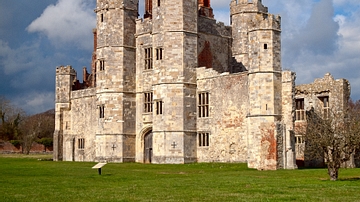
Image
Titchfield Abbey
Titchfield Abbey in Hampshire, England. The abbey was founded in 1222 CE, and was where Henry VI of England (r. 1422 to 1461 CE, 1470 to 1471 CE) married Margaret of Anjou (d. 1482 CE).
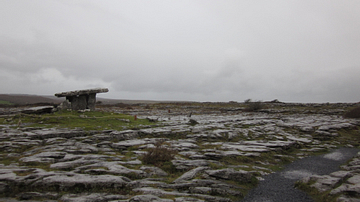
Image
Poulnabrone Dolmen and the Karst Landscape of the Burren, Ireland
The Neolithic dolmen of Poulnabrone amidst the karst landscape of the Burren, County Clare, Ireland.
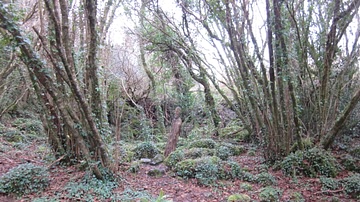
Image
Celtic Art in Woods by Ailwee Caves, County Clare, Ireland
One of the many wooden figures and other objects depicting Celtic figures or motifs in the woods surrounding Ailwee Caves, County Clare, Ireland.
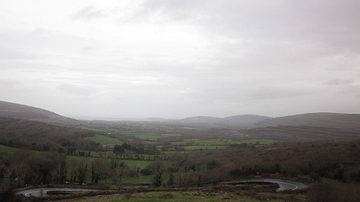
Image
The Burren, County Clare, Ireland
The Burren is the rocky high country above the village of Doolin, Ireland.
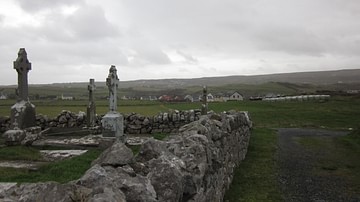
Image
Village of Doolin, Ireland, as seen from the Killilagh Church Ruins
The village of Doolin, County Clare, Ireland. Seen from the graveyard surrounding the ruins of the 1470 CE Killilagh Church. The graveyard is still in use and is tended by the people of the village who also maintain the church ruins.